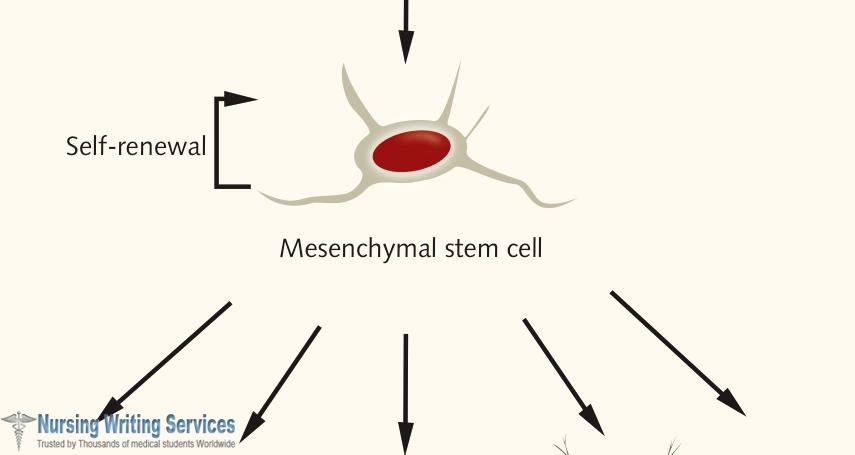
What are the different types of stem cells?
Stem cells are the natural reservoir of the body that replenishes specialized cells after use ordamage. Stem cells are at always at work inside the bone marrow inside us making the 100,000 new blood cells that we need each day. The body needs new cells all the time to keep functioning, but some of those that are specialized like muscle or blood cells cannot make copies through cell division. They instead rely on populations of stem cells for replenishment. Stem cells have a unique ability to produce their copies (self-renewal) and other speculated cells (differentiation) each time they divide.
Stem cells might turn to any type before they differentiate into these types.
Types of stem cells
1. Adult stem cells
The body of a person contains stems cells that develop throughout life. The body can use these stem cells each time it needs .they are also called somatic or tissue-specific stem cells, and they exist in the body from the time that an embryo develops.These cells are not in any specific state because of more specialization than the embryonic stems cells. The stay in this state until the body requires them for a particular purpose like replenishing muscle or skin cells.Adult stem cells might come from different parts ofan adult body, but they are specific to a certain kind of body tissue. For instance, liver stem cells might regenerate liver tissue, and muscles stem cells can only regenerate muscle fibers.They cannot change and renew tomake different body tissue.
2.Embryonic stem cells
An embryo forms from the time that a sperm fertilizes an egg. An embryo takes the form of a ball of cells or Blastocyst around 3-5 days after fertilization. These are the most versatile stem cells as they can build any type of cell in the body.
The blastocyst has stem cells and later implants in the womb. Embryonic stem cells develop when a Blastocyst becomes 4-5 days old.Stem cells that scientists take from embryos are usually an extra embryo after in vitro fertilization.Doctors inan IVF clinic fertilize many eggs in a test tube to be sure that at least one will survive and then implant some eggs for a pregnancy to start.
Cells combine when a sperm successfully fertilizes an egg to form one cell called a zygote.A single-celled zygote becomes anembryo when it starts dividing by forming cells in twos such as 2, 4, 8and so on. When and before an embryo implants in the womb, itis called a Blastocyst that has a mass of 150-200 cells. A Blastocyst has these two parts:
ALSO READ:BEST NURSING WRITING SERVICE
- An outer cell mass that later becomes part of a placenta
- An inner cell mass. It develops into a human body
Embryonic cells can differentiate to more cell types than the adult stem cells.
3.Mesenchymal stem cells (MSCs)
MSCs come from connective tissue surrounding the organs of the body and other tissues. Scientists use MSCs to create new body tissues such as fat cells, cartilage, and bone.They might one be a solution to various health problems.
4.Induced pluripotent stem cells (iPS)
These stem cells are artificial because scientists create them in a lab with skin and other tissue-specific cells. Their behavior is similar to the embryonic stem cells for them to enable users to develop a range of therapies. However, more research is still necessary despite their extensive use. Scientists grow iPS stem cells by first extracting samples from an embryo oradult tissue. They then place the harvested cells in a controlled culture where they divide and reproduce but without specializing further.
The name for stem cells that divide and reproduce in a controlled culture is a stem-cell line. Researchers have different purposes for managing and sharing stem-cell lines.They can even stimulate stem cells to specialize in a certain way by a process that is called directed differentiation. Reprogramming stem cells when creating iPSCs will involve genetic manipulation that might cause some differences that are not in the cells that already are embryonic.
Stem cell research is still an area with much to learn that requires exploration of various avenues.

